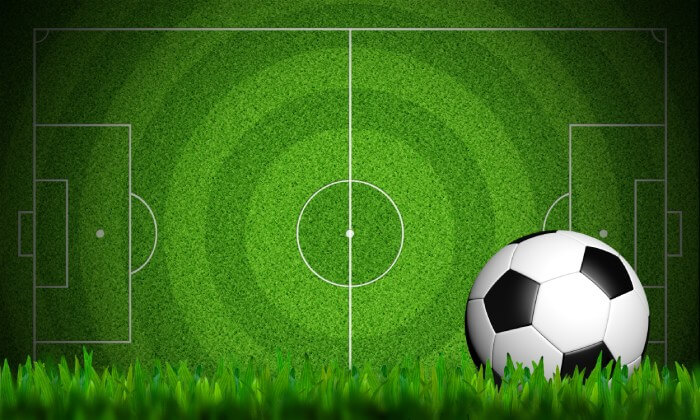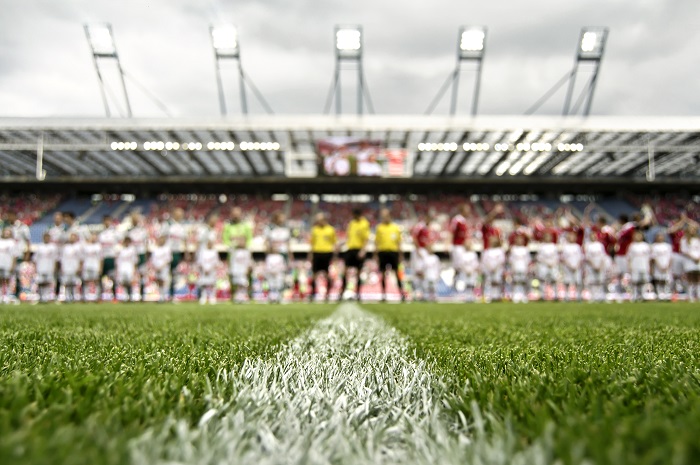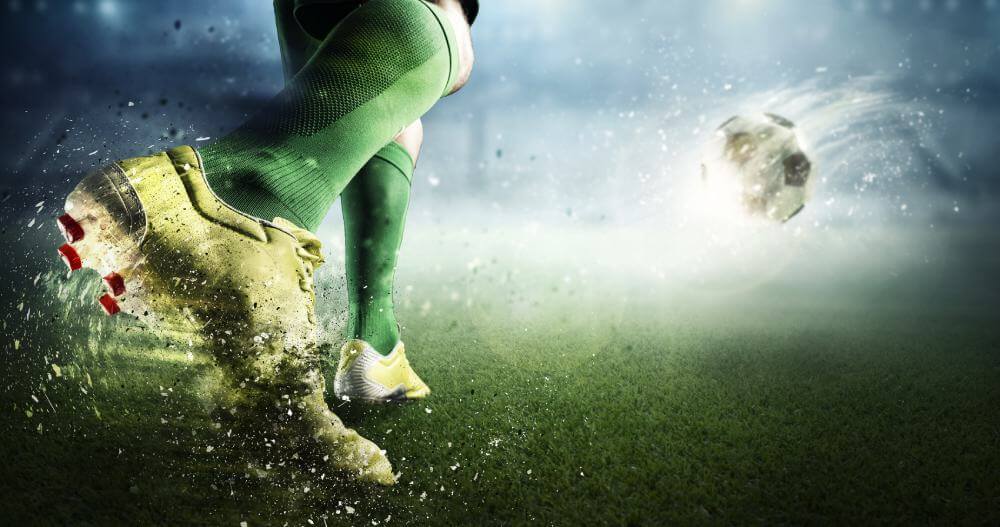Everton football club may today be only known as that lesser club from Liverpool. But a long time ago, Everton was the dominant club from Merseyside, and they were the ones making waves in the English top tier of football. In fact, the Toffees hold a record of being the most stable team in the first division of English football.
They have been playing in the top flight for 121 seasons so far, missing only four years in the top flight. The Toffees are one of the founding members of the Football League in 1888 and have been there for 70 years running at this moment.
However, they nearly came close to breaking that streak last year. Unfortunately, they are still one of the clubs tipped for relegation this year, and unless they improve something, the streak might soon come to an end. With talks of a takeover and new funds being pumped into the club, the Toffees finally see a light at the end of the tunnel.
A legendary club deserves a thorough breakdown on its own, which is why we are here to talk about it today.
Everton’s Early History and Foundation
Believe it or not, Everton’s original name was St. Domingo’s, as the members of the congregation wanted to play sports. But the name stuck for only a year. The club soon came to be Everton after the area they dwelled in. It also allowed other people outside the congregation to participate and play for the club.
Everton’s original home ground was Anfield. Yes, you heard it well. Everton originally played in an open field in the southeast corner of Stanley Park, which would one day become the home ground of their biggest rival, Liverpool.
In order for them to become a professional club, they needed a proper field to play on. They managed to convert the stadium in seven years’ time into a proper facility which could house 20,000 people in attendance.
In 1888, Everton became one of the founding members to establish the first professional Football League in England. The Toffees needed only two years to win their first league title in 1890 and soon after lifted their first FA Cup in 1906.
Unfortunately, disagreements with the landowner went awry. This caused Everton to eventually move from Anfield in 1892, only a year after winning their first title. The Toffees found their new home at the north side of Stanley Park. At the stadium which they occupy and hold dear until today, Goodison Park.

Everton Accidentally Created Their Biggest Rivals
As is usually the case, the biggest football rivalries emerge after a disagreement between two friendly sides. Feuds within a club usually cause it to break down, resulting in two clubs which would become bitter rivals down the years. Actually, a similar thing happened in the creation of Liverpool FC.
After the Toffees won their first league title, President John Houlding got into a conflict with the Orrell family, where they rented their current Anfield ground. In 1885, Houlding bought the ground from Orrell and then rented it to Everton FC. accusations emerged about him having both a personal financial and political agenda with this purchase.
John Orrell, who still owned the land beside Anfield, tried to run a road through the main stand to increase access to the land. It prompted Everton FC to buy the adjacent land and own both of them if they were to continue playing there. Houlding then refused to offer the club a contractual rental lease, which led to all kinds of disagreements.
Houlding then tried to hijack the club in an attempt to incorporate within another company. Since Everton were still playing at Anfield and occupying a position in the Football League, Houlding wanted to take the status of Everton by forming another club. In the end, the Football League refused to recognise his new company as Everton. This prompted him to create Liverpool F.C. and Athletic Grounds Ltd in 1892, or as we all know it today – Liverpool FC.
The distrust created between Everton FC and Houlding prompted the club to move from Anfield to Goodison Park. The Toffees played their last game at Anfield in April 1892 against Bolton and incorporated a new company named Everton Football Club Limited in June 1892.

Everton’s Trophy Cabinet
Everton needed only two years in the First Division before they would become champions. They won their first title during the 1890-91 season and then their first FA Cup in 1906. They got to their second title during the 1914-15 season. However, their reign came down due to the outbreak of World War I.
It was in 1925 when the club brought in the legendary Dixie Dean. He helped them capture the title in 1927-28. However, internal struggles resulted in relegation for the first time in the club’s history in 1929-30. The Toffees made a quick turnaround by first winning Division Two and immediately after Division One in 1931-32. The next year saw them lifting their second FA Cup and Charity Shield trophies.
Since then, Everton would go on to win five more league titles. They also added three FA Cup trophies and seven Charity Shield wins. They even won their first European trophy in 1984-85. It came by defeating Rapid Wien by 3-1 and winning the Winners Cup title.
Unfortunately for the Toffees, since 1995 and the Charity Shield win, the club hasn’t won any silverware. They remain a stable top-tier club, with their biggest success finishing fourth in the Premier League during the 2004-05 season.
Everton Player Records
When it comes to player records, the Welsh international Neville Southall tops most of the lists for the Toffees. The legendary goalkeeper made 751 appearances for Everton, 578 of which were in the league. He played between 1981 and 1998 for the club. Another goalie, Ted Sagar, comes close to him. He made 463 league appearances during the 1929–1953 period.
As far as scoring goes, the legendary Dixie Dean is the all-time best goalscorer for Everton. He scored 383 times during the 1925–1937 period. The only player who comes close to him is Graeme Sharp. He played 11 years for the club (1980–1991) and scored 160 goals.
Dixie Dean holds a unique record, an unbreakable one. He scored 60 goals in a single season during 1927–28.
Everton vs Liverpool Rivalry
The Merseyside Derby is the longest-running football rivalry in England, dating back to the 1962–63 season. The conflict began much earlier than that. The two clubs literally reside beside each other, being that Anfield and Goodison Park are separated only by Stanley Park.
However, the Merseyside Derby is also referred to as the “friendly derby.” Being so close to each other and stamping from the same cities, a lot of people who support the rival clubs actually come from the same family. The rivalry pits friends against one another. But does not cause hatred and segregation, as is the situation with some other derbies in England.
The 1984 League Cup final at Wembley came to be the Friendly Final. The supporters in the crowd were not separated from each other. In fact, supporters from both sides sat throughout the entire stadium, not causing a problem or any turmoil.
At the moment, there have been 242 games between the two in various competitions. Liverpool has 98 wins as opposed to the 67 that Everton has managed. 77 games ended without a winner.
Since the establishment of the Premier League, the Merseyside Derby has happened 62 times. The Reds are the dominant side in that sense as well, with 27 wins, compared to 10 that Everton managed. The Toffees were able to get to 25 PL draws, though.
Everton’s Takeover
It recently came to light that Everton will be getting new owners. With the deal between Farhad Moshiri and the Miami-based 777 Partners all but confirmed. The main step was the agreement with the club’s majority shareholder. Pending the regulatory process, the outcome will come to light.
New management might breathe new life into the club. Everton was struggling financially recently to make ends meet. The club needed to sell most of its assets and top players without bringing in decent substitutes. The club’s most recent biggest departure, Richarlison, went to the Spurs for £51 million.
Fans are hoping that the takeover might do the same for them as it did for Newcastle. Things are still up in the air, and further information will determine the outcome. The current financial landscape of the club still needs resolution.















